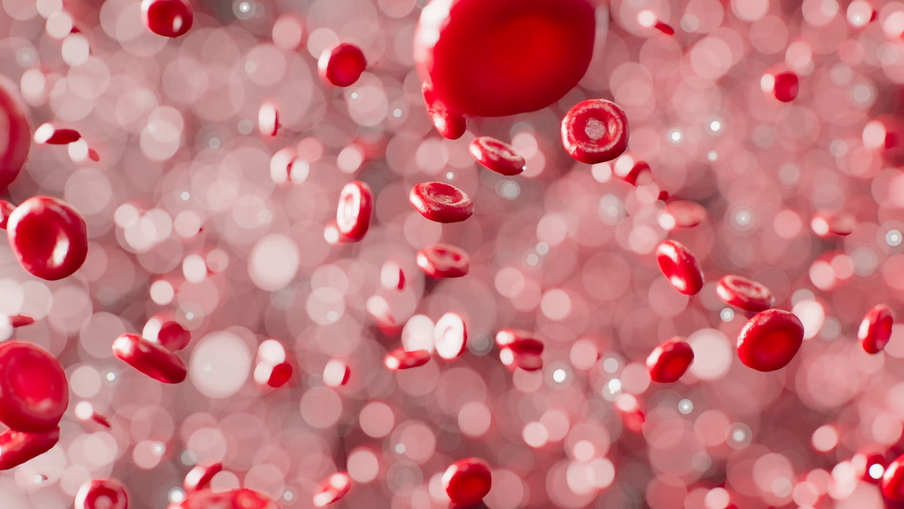
In the intricate tapestry of life, cells stand as the fundamental building blocks, the microscopic architects shaping the essence of living organisms. Cell biology, also known as cytology, delves into the profound mysteries of these minuscule powerhouses that collectively orchestrate the symphony of life. Keeping our cells healthy, understanding how they function, and their role in the grand scheme of things is crucial for comprehending the complexities of biology. Taking nicotinamide riboside, which is a supplement that promotes healthy cell function, may help improve overall health by maintaining the well-being of cells. Let’s embark on a journey into the basics of cell biology, unraveling the marvels of cells and their pivotal role in the grand spectacle of existence.
The Definition of a Cell

At its core, a cell is the smallest unit of life capable of performing all the functions necessary for survival. These remarkable entities come in various shapes and sizes, from the spherically elegant to the intricately elongated, each designed for specific purposes within an organism. They are the building blocks of all living organisms, from bacteria to plants and animals.
The Discovery of Cells
The discovery of cells is a pivotal moment in the history of science. In 1665, English scientist Robert Hooke coined the term “cell” while observing thin slices of cork under a microscope. He described them as tiny compartments resembling monks’ rooms or prison cells, hence the name. Later, in 1838, German botanist Matthias Schleiden and zoologist Theodor Schwann proposed the cell theory, which states that all living organisms are composed of cells.
The Structure of a Cell
 A typical cell is divided into two main parts: the nucleus and the cytoplasm. The nucleus houses the genetic material and controls cellular activity, while the cytoplasm is a jelly-like substance that fills the cell and carries out its functions. Depending on the organism, cells may also contain various organelles, such as mitochondria for energy production and chloroplasts for photosynthesis in plants.
A typical cell is divided into two main parts: the nucleus and the cytoplasm. The nucleus houses the genetic material and controls cellular activity, while the cytoplasm is a jelly-like substance that fills the cell and carries out its functions. Depending on the organism, cells may also contain various organelles, such as mitochondria for energy production and chloroplasts for photosynthesis in plants.
The Two Main Types of Cells
Cells can be broadly categorized into two types: prokaryotic and eukaryotic. Prokaryotic cells, found in bacteria and archaea, lack a defined nucleus and other membrane-bound organelles. Eukaryotic cells, on the other hand, are present in plants, animals, fungi, and protists and have a distinct nucleus and various organelles enclosed by membranes.
Prokaryotic Cells
Prokaryotic cells represent the simpler, more primitive form of cellular life. They lack a true nucleus and membrane-bound organelles. The genetic material in prokaryotic cells exists as a singular circular DNA molecule within the cell’s cytoplasm. Bacteria and archaea are examples of organisms with prokaryotic cells.
Eukaryotic Cells
Eukaryotic cells, on the other hand, boast a more sophisticated structure. These cells have a true nucleus, a membrane-bound compartment that houses the cell’s genetic material. Eukaryotic cells also feature various membrane-bound organelles, each with specific functions. Plants, animals, fungi, and protists are examples of organisms composed of eukaryotic cells.
The Unity and Diversity of Cells

While cells share common features, their diversity is astonishing. From nerve cells with intricate projections for transmitting signals to muscle cells designed for contraction and movement, each cell type is specialized for a specific function. This diversity is essential for the harmonious functioning of complex multicellular organisms.
In the realm of cell biology, understanding the basics of cells opens the door to a profound appreciation for the complexity and beauty of life. Cells, with their intricate structures and coordinated functions, are the unsung heroes of existence, quietly weaving the fabric of living organisms. As we delve deeper into the mysteries of cell biology, we find not just the essence of life but a testament to the marvels of nature’s design encapsulated within the microscopic wonders of each and every cell.



